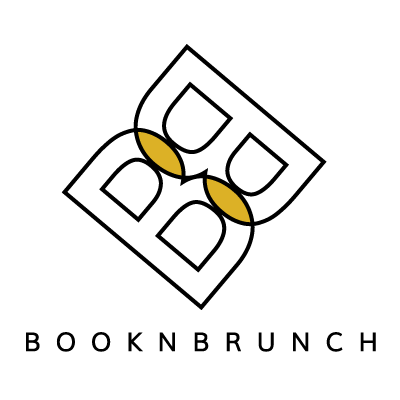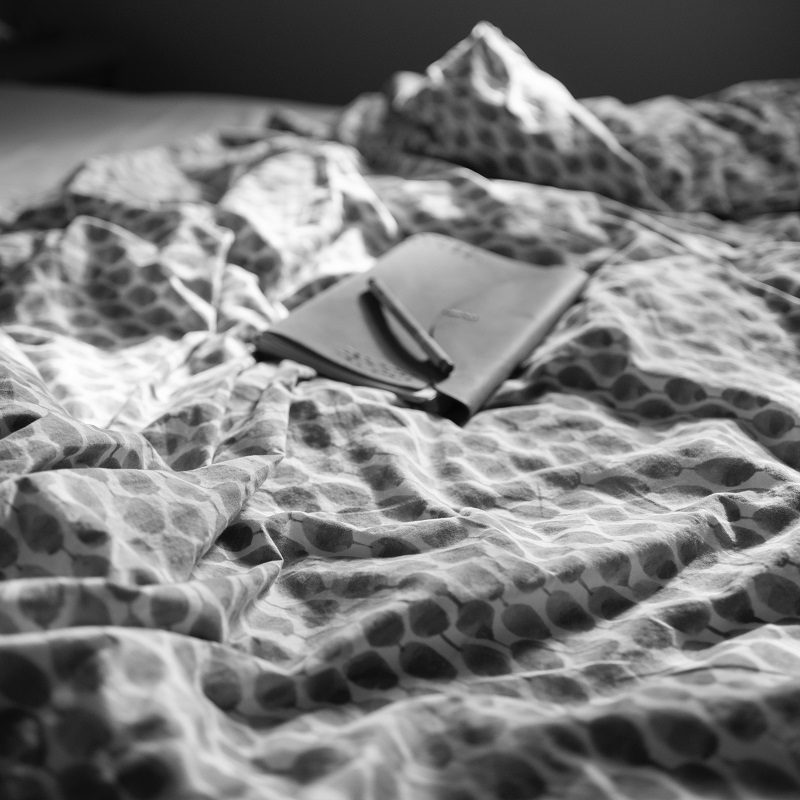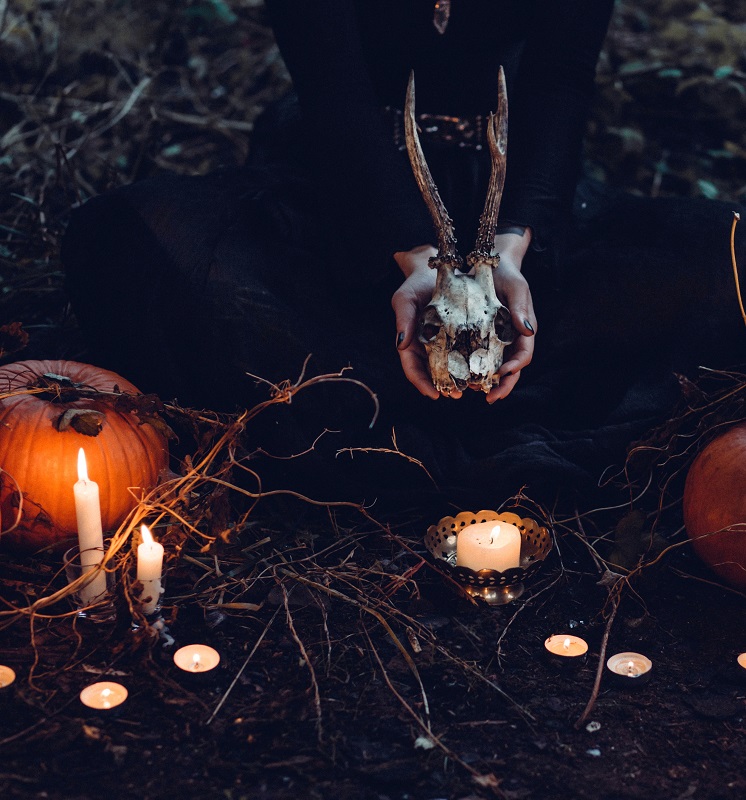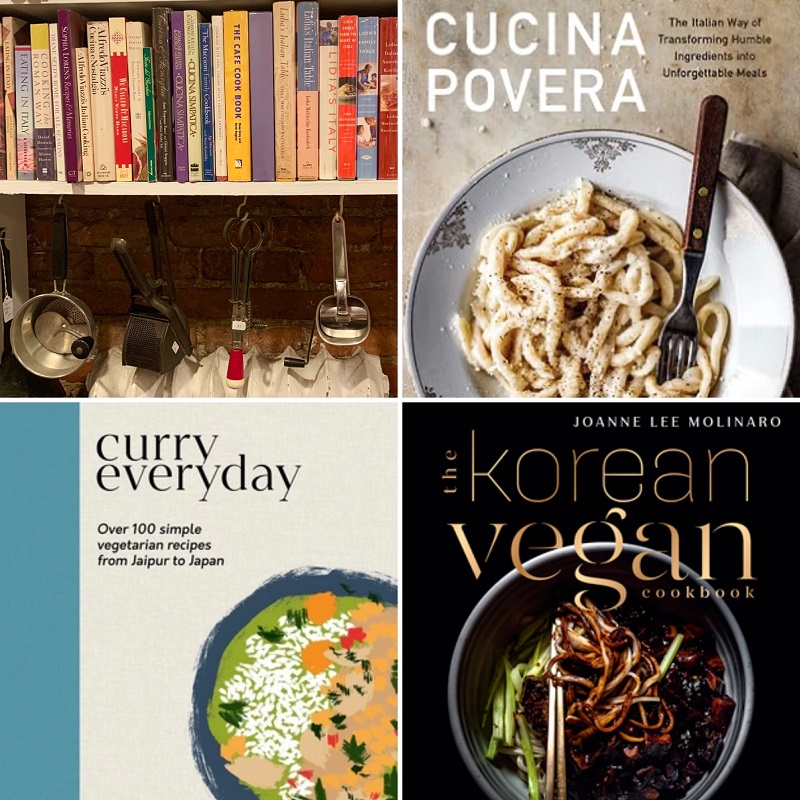Art, Academia and the Thrill of Solving a Centuries Old Mystery
An Art History Lesson Coupled with Adventure
Certain professions are well known for the unequal and misogynistic treatment of women, but you may be surprised to find out that it also occurs in the art world. The PR release I received from author Linda Moore’s publicist, BookSparks, stated, “Over the last decade in American museums, only 11% of acquisitions and 14% of exhibitions were by female artists; this book exposes the unequal treatment of women in academics and art.” As someone who used to work in higher education, I was immediately intrigued.
Of course, they were talking about Moore’s debut novel, Attribution, coming early October to a bookstore near you. It’s an incredibly enticing novel about the complicated world of art and academia coupled with a trip to Spain to learn about a recently discovered Baroque painting. It involves a strong female character looking to solve a mystery with the assistance of a duke she met on a Spanish train. Anyone with an interest in art, academia, or even just looking for a potential thriller will enjoy Moore’s meticulous details in the book.
Attribution is a work of fiction, yes, but it is one that Moore did scrupulous research on. She wanted to ensure that all the historical points were correct, that the book was as authentic as it can possibly be. This was something she told me on our recent chat over Zoom. From her home in San Diego, we talked about her journey toward becoming an author (hint: it took almost two decades!), the challenges and lessons she learned along the way, and her former life as an art gallery owner and the fact that she’s a world class traveler. She’s been to over 100 countries!
To me, that’s just as impressive as the book itself. I sincerely admire Linda’s wanderlust capabilities and her world class knowledge about art, plus the fact that she created a female heroine in the art world, something we definitely need more of, in my opinion.
Here’s What Linda Moore Shared About Her Journey:
Tell us a bit about your journey to becoming an author. Was this the career you always knew you wanted?
Like many authors, I’ve loved writing since I was young. In fact, I wanted to be a journalist. I was fascinated with Spain and Latin American politics, so I went into political science and studied in Spain. I also went to graduate school at Stanford University. I ended up working in healthcare and worked at several hospitals. Then, of course, I had a family. [editor’s note: Linda also owned an art gallery in San Diego for many years]. When my son left for college, I found a friend who was writing and it awakened the idea about pursuing writing, particularly about the art world. I wanted to tell stories related to art. I’d say 2006 was the year I started writing seriously.
So I finished a novel and submitted it to a contest and boy, did I get some feedback! The judges found the writing fell short. They thought it was a good story, but the writing needed to improve. From that point, I dedicated myself to learn how to write a novel. I enrolled in Stanford’s two year online Novel Writing Program. I met other students from around the world because it was online. We could exchange emails and ideas and meet for class from wherever we were.
I’d written many things before like art exhibition catalogs and art essays, but fiction is different. I really needed to learn that. And it was important for me to build those relationships with other writers and professors.
What’s the best advice you’ve ever been given, with regards to careers and success?
There are two pieces of advice that I’ve received with regards to fiction writing. The first is to write the best book you can. You really need to focus on quality. Don’t get boggled with trying to get the work out too fast unless you’ve done the best you can do for that novel. Seek out criticism, don’t flee from it. By that, I mean that feedback is important to receive when you are writing. It’s important not to get defensive about criticism because that’s how you improve! Secondly, it takes a long time to write a book. Attribution is actually my third book. I’ve completed two other novels that are in the drawer, but this story felt like the one I wanted to have published.
Perseverance is key here, especially when you feel rejection after rejection, or you get stuck. Know what you’re in for, and keep at it! Those who finish and polish in revision get their novels to the next level and will have a better chance of getting published.
What books are on your reading list right now?
Right now, I’m reading The Anomaly by Hervé Le Tellier [holding up book]. It’s a fantastic mystery/thriller that has a travel aspect to it, a journey from Paris to New York. I also just finished a book called Lost Souls of Leningrad by Suzanne Parry. It’s an excellent historical novel. Suzanne is a friend, who speaks Russian and has a lot of knowledge about Russian history and politics. It is a well researched novel. Research is important, even with fiction!
When you’re writing – where do you write? What is the setting?
Funny you ask that because I remember in the first class I had in Stanford’s writing program was called “The Writing Life,” where you had to tell others about when and where you write. You had to include a photo of your writing desk and a schedule. The point was that you should have a place to write and time to practice your craft. And the rest of the semester we developed a writing practice.
I used to travel quite a bit before COVID, so I wrote on airplanes. On an overnight flight, everything’s quiet and there are no interruptions. Nowadays, I write in my home office inside the family room. I put up a large wooden screen to let everyone in the house know that I’m working, and not to interrupt me. As far as time of the day, I prefer to write early in the morning. I’m lucky that I have a distant view of the Pacific ocean – it’s very nice and keeps me inspired.
How have you been staying connected to your friends/family/community during COVID-19?
Before COVID, we lived on a ship called “The World” that was like a floating condominium building. You have your own apartment home with your belongings, but the ship travels to different places around the world. The owners appointed an itinerary committee that would recommend where we should go next.
I’ve been to over 100 countries, that involved being on airplanes, hence the writing. I’d stay on the ship for maybe two months and sail wherever the ship went. We’ve been down south to Madagascar, to areas in the South Pacific, and generally places that are hard to travel to, but so interesting to visit. We even got into the Guinness Book of World Records for traveling the farthest south of any ship to latitude 87°South in the Ross Sea of Antarctica.
COVID happened, and that travel stopped. Suddenly, I had time to focus on my book. I began to connect with other writers on Zoom. I stayed home, lost some weight, got healthier, and found some peace at home.
I have two grandsons who live in Boston, but I didn’t see them for almost two years. So I created this online learning activity where we learned about world geography. I called it “flag class.” Each week we learned about the country associated with the flag that they chose and coloured in, we listened to music, watched dances and rituals on YouTube. We also made bread and sometimes food from the country via Zoom. We did wine tastings on Zoom too, but not with the grandsons!
Do you have exciting projects coming up? If so, please tell us.
Yes! I’m rewriting my first novel – the one that the contest judges rejected, that got some harsh feedback. It’s called Five Days in Bogota, and it’s going to be published sometime in 2024. I also recently contributed an essay to a forthcoming anthology Art in Times of Unbearable Crisis with the proceeds going to the World Central Kitchen for Ukrainian refugees. The essay is entitled “The Borneo Test,” and it’s about me getting lost in the Borneo jungle! I learned a lot from that experience, most importantly: put one foot in front of the other and keep moving forward. Don’t expect anyone to rescue you. When you’re literally lost (or even figuratively), you just need to focus on your one goal and don’t let anything else distract you. The same can be said for writing.
What is your dream brunch date? Where and with whom?
An excellent question. I would love to have brunch with my younger self. [editor’s note: this is the best answer I’ve ever heard.] How much younger? The “me” from my early 20s, I suppose. I’d ask her how’s life going? What’s going on inside her head? Mainly, I just want to listen to what she expected from her future and think about how that turned out. I’d want to be able to understand what she was going through at the time.
As for where…hmm, I remember when I was young, I loved the Colorado Rockies. It seemed so peaceful with clean air. But most likely, we’d be on a sailboat, looking out at the endless ocean, and we’d have all the time and peace in the world to chat, and for me to listen.
What is your ideal comfort food?
I came up with this idea to promote my book, which is to include my favourite recipes on the bookmark! So I have my sangria recipe on the back of Attribution’s bookmark. I figured if we’re going to cut down trees to print them we might as well make full use of the paper. For my next book, I’m thinking maybe I’ll add a paella or Spanish tortilla recipe! (By the way, a Spanish tortilla is a type of omelet, different from a Latin American one).
Which authors inspire your work the most?
I really admire authors who develop characters with subtext messages and multi-layers of complex challenges. One author I truly admire is Joshua Mohr [editor’s note: Mohr gave Moore, no pun intended, a rave review about her book!]. He’s written several books, and recently published a memoir, Model Citizen. His work is inspiring because he had such a tumultuous life but he found a way to move forward. Other novelists like Ernest Hemingway and Gabriel García Márquez have also been influential in my work as well.
To learn more about Linda, visit her website, pre-order a copy of her book (the reviews speak for themselves!) and let us know what you think here!




